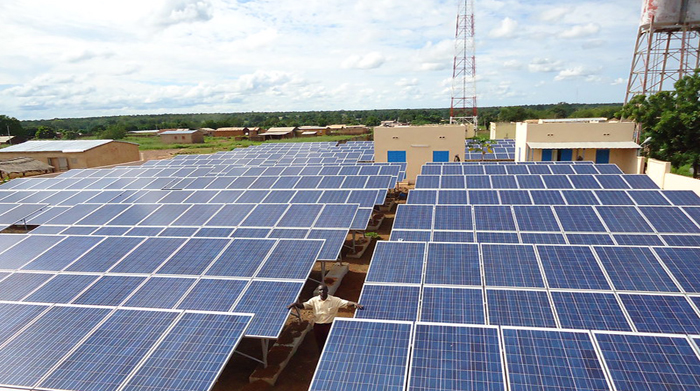Hybrid Power Plants on the Rise

Image courtesy of IRENA under Attribution-NonCommercial-NoDerivs 2.0 Generic License, resized to 700 x 391 pixels.
So-called hybrid power plants continue to be built across the country at a decent clip. They are deemed “hybrid” because these are power plants that combine 2 or more renewable generation technologies into a single connection point to the grid. As of the end of 2021, there were 298 hybrid plants scattered across the U.S., each of which has over 1 MW of generating capacity. Let’s take a closer look at the data.
Trends Around Deployments of Hybrid Power Plants
According to a report from the Lawrence Berkeley National Laboratory published in Aug. 2022, the most common type of hybrid power plant is the photovoltaic (PV) solar + storage variety, and there are currently 140 in operation, representing nearly half of all U.S. deployments. All told, this type of hybrid plant accounts for 2.2 GW of energy storage capacity – by far the largest volume in the country.
Other types of hybrid power plants include wind + storage, wind + solar, and wind + solar + storage, along with a category that combines a fossil fuel source with either hydropower, storage, or solar.
From a state perspective, Massachusetts accounts for the most PV hybrid plants – a total of 54 are located throughout the state, 49 of which are solar + storage. In terms of fossil + storage hybrid plants, California leads the way with 9 throughout the state; no other state has more than 2.
At this point, you may be asking yourself, who cares? Well, the short answer is that hybrid sources introduce additional capacity into the system, which theoretically should improve the reliability of the grid. It helps balance the energy supply, increase power system efficiency, and inch closer to meeting clean energy goals, among other things.
And all of those factors can only help emergency preparedness efforts. Bottom line – hybrid power plants are a clearly positive development within the electric utility industry. Let’s hope many more will be developed in the coming years.



